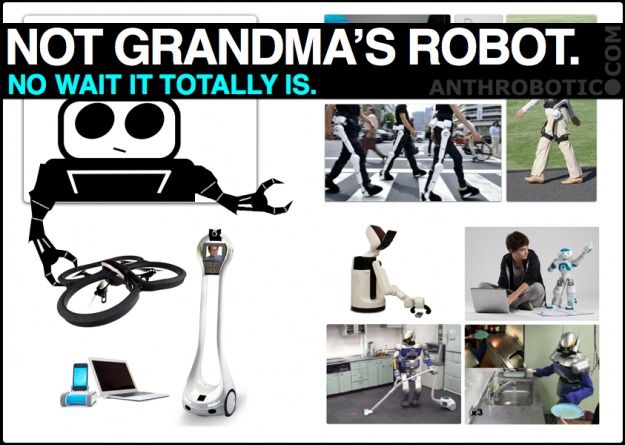Jun 10, 2013
Intimations of Imitations: Visions of Cellular Prosthesis & Functionally-Restorative Medicine
Posted by Franco Cortese in categories: biological, biotech/medical, chemistry, engineering, futurism, life extension, nanotechnology, neuroscience
In this essay I argue that technologies and techniques used and developed in the fields of Synthetic Ion Channels and Ion Channel Reconstitution, which have emerged from the fields of supramolecular chemistry and bio-organic chemistry throughout the past 4 decades, can be applied towards the purpose of gradual cellular (and particularly neuronal) replacement to create a new interdisciplinary field that applies such techniques and technologies towards the goal of the indefinite functional restoration of cellular mechanisms and systems, as opposed to their current proposed use of aiding in the elucidation of cellular mechanisms and their underlying principles, and as biosensors.
In earlier essays (see here and here) I identified approaches to the synthesis of non-biological functional equivalents of neuronal components (i.e. ion-channels ion-pumps and membrane sections) and their sectional integration with the existing biological neuron — a sort of “physical” emulation if you will. It has only recently come to my attention that there is an existing field emerging from supramolecular and bio-organic chemistry centered around the design, synthesis, and incorporation/integration of both synthetic/artificial ion channels and artificial bilipid membranes (i.e. lipid bilayer). The potential uses for such channels commonly listed in the literature have nothing to do with life-extension however, and the field is to my knowledge yet to envision the use of replacing our existing neuronal components as they degrade (or before they are able to), rather seeing such uses as aiding in the elucidation of cellular operations and mechanisms and as biosensors. I argue here that the very technologies and techniques that constitute the field (Synthetic Ion-Channels & Ion-Channel/Membrane Reconstitution) can be used towards the purpose of the indefinite-longevity and life-extension through the iterative replacement of cellular constituents (particularly the components comprising our neurons – ion-channels, ion-pumps, sections of bi-lipid membrane, etc.) so as to negate the molecular degradation they would have otherwise eventually undergone.
While I envisioned an electro-mechanical-systems approach in my earlier essays, the field of Synthetic Ion-Channels from the start in the early 70’s applied a molecular approach to the problem of designing molecular systems that produce certain functions according to their chemical composition or structure. Note that this approach corresponds to (or can be categorized under) the passive-physicalist sub-approach of the physicalist-functionalist approach (the broad approach overlying all varieties of physically-embodied, “prosthetic” neuronal functional replication) identified in an earlier essay.
The field of synthetic ion channels is also referred to as ion-channel reconstitution, which designates “the solubilization of the membrane, the isolation of the channel protein from the other membrane constituents and the reintroduction of that protein into some form of artificial membrane system that facilitates the measurement of channel function,” and more broadly denotes “the [general] study of ion channel function and can be used to describe the incorporation of intact membrane vesicles, including the protein of interest, into artificial membrane systems that allow the properties of the channel to be investigated” [1]. The field has been active since the 1970s, with experimental successes in the incorporation of functioning synthetic ion channels into biological bilipid membranes and artificial membranes dissimilar in molecular composition and structure to biological analogues underlying supramolecular interactions, ion selectivity and permeability throughout the 1980’s, 1990’s and 2000’s. The relevant literature suggests that their proposed use has thus far been limited to the elucidation of ion-channel function and operation, the investigation of their functional and biophysical properties, and in lesser degree for the purpose of “in-vitro sensing devices to detect the presence of physiologically-active substances including antiseptics, antibiotics, neurotransmitters, and others” through the “… transduction of bioelectrical and biochemical events into measurable electrical signals” [2].












